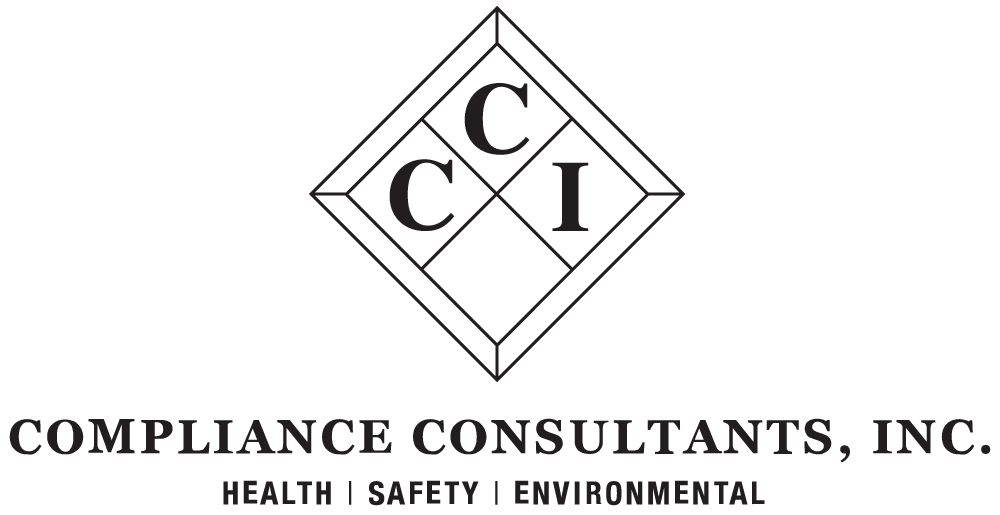
Winter Safety Tips for Construction Workers
Per Section 5(a)(1) of the OSHA Act of 1970, employers have a responsibility to provide workers with a place of employment free from winter weather related hazards which are likely to cause death or serious physical harm.
According to OSHA’s “Winter Weather” website, employers should therefore plan, equip, and train to prevent injuries, illnesses, and fatalities during severe winter weather:
- Planning and Preparation
Implement safe work practices such as:
- Being aware of local weather forecasts and severe weather and winter storm alerts (NOAA Weather Radio, National Weather Service)
- Having a means to communicate with workers, especially in remote areas
- Having a communication and evacuation plan to reach workers, evacuate them, and stop work when necessary
- Assigning work in warmer hours, breaking work into shorter periods, limiting time outside, using relief workers for long/demanding jobs, scheduling maintenance and repair jobs for warmer months, and limiting exposure to extreme cold in other ways
- Providing warm areas (e.g., heated trailers or tents) for use during break periods.
- Providing proper equipment and tools for workers to do their jobs
- Providing non-alcoholic, warm liquids to workers
- Monitoring workers for cold stress
- Developing work plans which help workers identify potential hazards and use protective measures
- Making sure all work vehicles are functioning properly
- Reviewing worksites, removing potential hazards (snow, ice, downed power lines, trees), and marking or roping off hazardous areas
- Wearing high-visibility clothing
Implement engineering controls such as:
- Using radiant heaters to warm workplaces like outdoor security stations
- Shielding work areas from drafts or wind
- Using aerial lifts or ladders to safely apply de-icing materials to roofs and protect them from falling through skylights
2. Equipment
Personal Protective Equipment (PPE)
Per 29 CFR 1910.132, Employers must provide PPE in limited cases. However, there is no standard that provides employees with ordinary clothing, skin creams, or other items to protect from weather. Even so, many employers provide their workers with winter weather gear, such as winter coats/jackets and gloves.
Dressing In Cold Weather
- Wear at least 3 layers of loose-fitting clothing (choose wool, silk, polypropylene, and thermal fabrics)
- Insulated coat/jacket (water resistant if necessary)
- Insulated gloves (water resistant if necessary)
- Insulated and waterproof boots
- Hats that will cover ears
- Knit mask to cover face and mouth (if needed)
- Extra clothing in case they get wet
Work Vehicles
- Equip work vehicles with emergency kits (ice scrapers, snow brushes, shovels, tow chains, flashlights with extra batteries, emergency flares, blankets, snacks, and water)
3. Training
Train workers on:
Cold Stress (view OSHA’s Cold Stress Card)
- Recognizing cold stress symptoms
- Preventing cold stress injuries and illnesses
- Self-monitoring and monitoring coworkers for cold stress symptoms
- First Aid
- Calling for additional medical assistance
- Selecting proper clothing for the cold, wet, and wind
Winter Hazards Identification
- Recognizing potential hazards such as slippery roads and surfaces, windy conditions, and downed power lines
- Protecting themselves through engineering controls, safe work practices, proper equipment selection, and personal protective equipment
Additional Training Topics
- How to handle being stranded in a vehicle and whom to call
- Slips, trips, and falls



